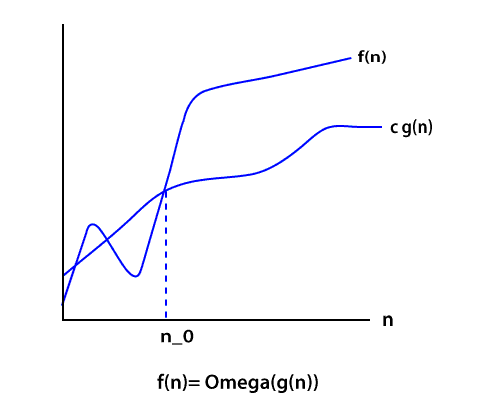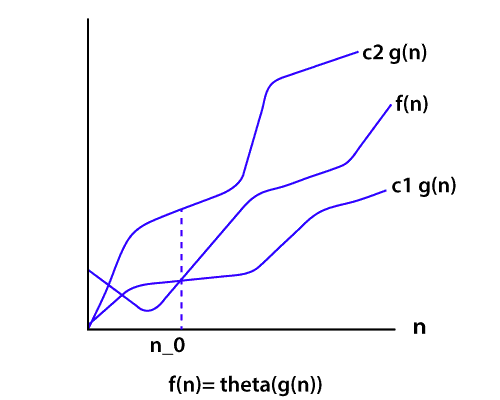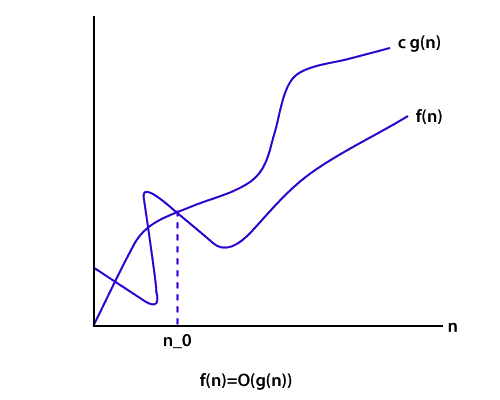Asymptotic analysis is a technique that is used for determining the efficiency of an algorithm that does not rely on machine-specific constants and avoids the algorithm from comparing itself to the time-consuming approach. For asymptotic analysis, asymptotic notation is a mathematical technique that is used to indicate the temporal complexity of algorithms.
The following are the three most common asymptotic notations.
Big Theta Notation: (θ Notation) : The exact asymptotic behaviour is defined using the theta (θ) Notation. It binds functions from above and below to define behaviour. Dropping low order terms and ignoring leading constants is a convenient approach to get Theta notation for an expression.
Big O Notation : The Big O notation defines an upper bound for an algorithm by bounding a function from above. Consider the situation of insertion sort: in the best case scenario, it takes linear time, and in the worst case, it takes quadratic time. Insertion sort has a time complexity O(n^2). It is useful when we just have an upper constraint on an algorithm's time complexity.
Big Omega (Ω) Notation : The Ω Notation provides an asymptotic lower bound on a function, just like Big O notation does. It is useful when we have a lower bound on an algorithm's time complexity.



